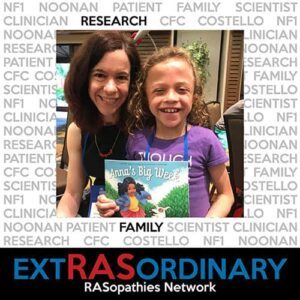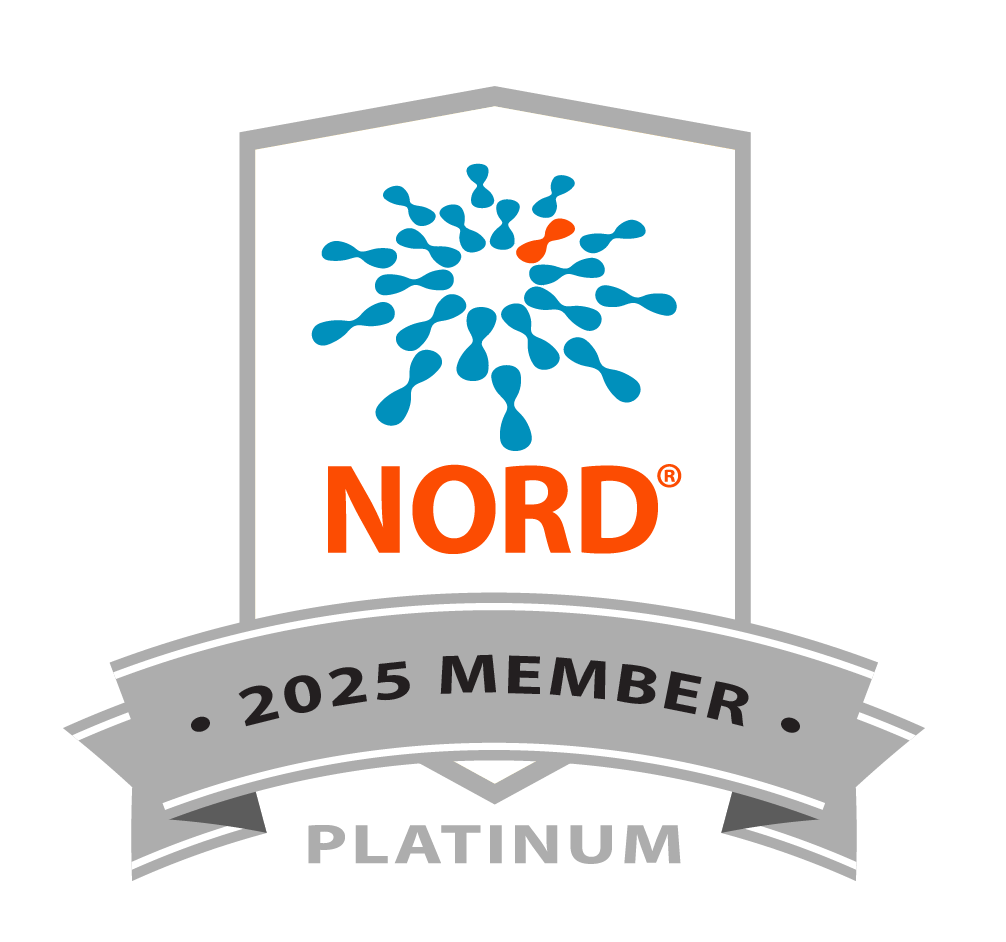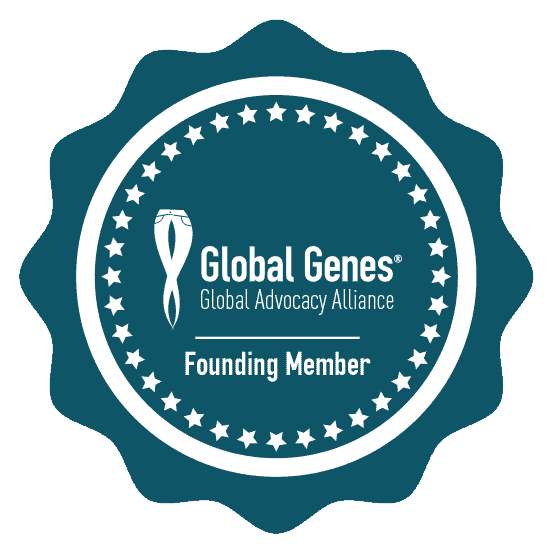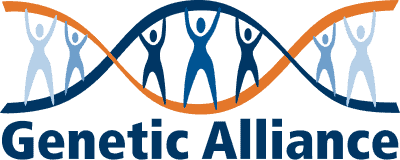Welcome to the EXTRASORDINARY Interview Series
This blog is a place to introduce you to extraordinary RASopathies patients, families, scientists, researchers, and clinicians! Be sure to scroll through to the bottom to read past entries.

What is your education history?
I obtained my Bachelor’s degree at Georgetown University and then my Ph.D. in psychology at the University of Wisconsin-Madison. During my post-doctoral training I re-specialized in clinical psychology. I completed a clinical internship and a neuropsychology fellowship at the University of Minnesota. A few years ago, with my long educational path completed, I stayed in Minnesota and joined faculty in the medical school. Now I have the honor of helping to train the next generation of neuropsychologists!
How did you become a researcher?
Ever since I was young, I have been very curious to learn about how the brain works. In college, I especially became interested in children who have language problems, and in understanding how brain development might be different for these children. This led me to study about how different genetic and environmental variables play a role in how a child develops. Since college, there has not been a time when I wasn’t involved in research projects! Researching is a big part of what I do because I want to know more about my patients and how I can serve them better.
What, as a researcher/doctor, interests you about rare disease?
When working with children with rare disease, you need to be both more creative and more methodical in order to figure out what is going on. When you don’t have a lot of patients to study, you learn to listen to each patient very attentively!
How has researching RASopathies impacted and/or changed your approach to research or clinical treatment?
One thing that becomes obvious when you research RASopathies is that, even though there is a common biological component that connects all of these different “syndromes,” there is a huge amount of variation from person to person in how they are impacted by their genetic change. This variability from one person to the next has helped me be vigilant about the huge number of factors that can influence how people learn and behave. For example, I am now able to recognize how things like birth complications, access to medical care, educational support, nutrition, sleep, medications, family dynamics, social experiences, and so much more contributes to each child’s functioning and their well-being. It has helped me build a more holistic perspective in my practice of neuropsychology.
Have you personally connected with families? How and why is the personal connection significant for you?
Yes, the personal connection with families is a huge reason why I want to keep studying rare disease. When I continue to share meals and conversations with the same people at conferences over a span of several years, and can see how having a RASopathy impacts them at different stages of their life, it motivates me to keep doing the research. Meeting new children and families is also energizing and motivating. I feel like I am a part of the community.
Can you share a bit about your motivation for writing a book about a girl with Noonan syndrome?
When we embarked on this book project, my coauthor Saakshi and I were initially interested in making information about Noonan syndrome more accessible to children, and in communicating some of the science and the medical knowledge about the condition in a relatable way. We also wanted the book to be helpful for families who might be discussing Noonan syndrome with their child for the first time. As we were writing this book, we asked for a lot of feedback from families who had a child with Noonan syndrome and also from some of the doctors who treat patients with Noonan syndrome. We wanted the book to reflect some of their everyday reality. Bits and pieces of the main character Anna reflect the stories and ideas that we heard over those conversations.
As the project evolved, and we started working with the illustrator, my own motivation shifted a bit. I realized that another key reason I was working on this book is that I wanted children with Noonan syndrome to know that they are tremendously interesting and important and worth writing about. When reading books and watching shows with my own children, I’ve repeatedly had the feeling that the media needs to do a better job of representing the diversity that surrounds us in our world. I think that’s especially true when it comes to people with medical and developmental conditions. In 2018, it is still rare to see a character with a chronic disease or a genetic difference that is front and center in a book just living their life and doing cool things. I wanted to play a part in changing that.
Whom, professionally, do you admire? Personally?
Both personally and professionally I have great admiration for my mother, Dr. Mary Ella Pierpont. She is a geneticist who has provided care to children with RASopathies since before I was born. She does her job with a lot of integrity and always tries to provide excellent care to her patients. On top of that, she’s a wonderful grandmother. My kids adore her.
How do you spend your free time?
Outside of work, most of my time is spent with my family. I have a 6-year old and a 3-year old at home. They keep me busy. We take walks or hike outside, we attend my daughter’s Scottish dancing classes, and we play trains with my vehicle-obsessed son.
What is your favorite food?
Italian food! I love manicotti. Yum. And eggplant Parmesan. And calamari. I also like Indian food. Oh, and chocolate chip cookies. Can you tell that I like to eat?




